|
By Josh Klostermann Doctoral Student, Department of Plant Science and Technology at the University of Missouri Have you ever observed a bee tenaciously collect every grain of pollen out of an anther and then zoom off into nothingness? Where did that bee go? An easy answer to that question is back to its nest, but the nesting habits of most bees are mysterious. Where each different species decides to build a nest is poorly understood and not frequently observed. So, it may be more difficult to locate that pollen-loaded buzzer than originally expected. It is at the intersection of this problem and Nachusa Grasslands where my passion for a good hunt, infatuation with natural history observation, and the regionally uncommon bee Anthophora abrupta collide. But first I will give a little backstory. Most bees are solitary, and most bees that are solitary are soil excavators. In other words, a large majority of the bees on this planet live alone (without a hive or queen) and dig underground to build their nests. Where a solitary mother bee chooses to build her nest is arguably one of the most important decisions she will make in her life. There is an immense pressure on her to be able to pick a nesting site that will allow her to operate as efficiently as possible while also reducing the risk of nest failure through predation, parasitism, or infection from pathogens. Once committed to a nesting site she will invest all her energy on that place, visually and chemically remembering where it is, provisioning the cells she creates with hard foraged pollen, and laying eggs on those provisions to ensure that more of her kind will emerge the following year. With these responsibilities, it may be safe to assume that bees must be keen on detecting differences in above and below ground microhabitats in order to choose a site that will allow them to be as fecund as possible in their short lifetimes. Some examples of microhabitat differences that would be relevant to a nest founding bee may be the amount of bare ground at a site, the amount of sunlight the site receives, and the texture and compaction of the soil. The degree to which these differences in microhabitats filter what can exist in a community is largely unknown and an important puzzle piece in understanding how bee species persist. As a researcher, I am focused on how the presence of these microhabitats affect what bees and wasps nest where in a landscape and how disturbances alter the landscape to create many different types of microhabitats for bee and wasp nests. Disturbance is an unavoidable reality in ecology. It is often painted in bad light due to our human ability to disturb so profoundly that it alters communities indefinitely, but not all disturbance is bad. In fact, small scale disturbance at intermediate intervals has been shown to increase the diversity of organisms in an environment and promote co-existence. Therefore, identifying mechanisms of small-scale disturbance that provide this sort of stability to bee and wasp communities is essential to their conservation. One mechanism of disturbance I am becoming increasingly interested in is wind. When a mature tree is downed by wind, several different things happen at a microhabitat scale. First of all, the root system is uplifted and a pit of exposed ground with an associated vertical wall of a soil-root matrix is created. These soils are fundamentally different from the surrounding soil just by the nature of being covered and ensconced in tree roots for decades and then one day suddenly uplifted. Also, canopy cover decreases, and there is an influx of light into the immediate area adjacent to the downed tree. This creates temperature and moisture differences from the surrounding woodland. The disturbance of a freshly-downed tree creates an array of free “real estate” that a bee or wasp may find suitable as a nesting site. This real estate is a hot commodity, and downed mature trees are rare in today’s forests. As time moves on, more trees become downed, and the bees and wasps that utilize these spaces disperse to fresh sites. I believe that this sort of dynamic, small-scale, and intermediate disturbance may be a crucial component to the stability of bee and wasp populations that nest in woodlands. In the summer of 2021, I scoured the wooded areas of Nachusa grasslands and surrounding forests looking for these “tipped-up” microsites. By targeting these places, I have been able to confirm that they are indeed being utilized as nest sites for several different species of bees and wasps. An important discovery was finding Anthophora abrupta at three different sites in Northern Illinois all nesting in the soil-root matrix of “tip-ups”. This bumblebee look-alike is regionally uncommon and was a site record for Nachusa Grasslands. While carefully observing the nesting sites of A. abrupta I was also able to spot their associated cleptoparasite; Brachymelecta californica. A cleptoparasite is an organism that steals resources from another. B. californica will search for nests of A. abrupta, sneak inside, and lay its eggs on the pollen provisions collected by their host. This bee is extremely rare to the region and was a first record for the state of Illinois. Other notable members of the “tip up” community thus far are Myrmosa unicolor, Philanthus gibbosus, Pseudomethoca frigida, and small metallic sweat bees in the Lasioglossum subgenus Dialictus. There is so much more to bees and wasps than flowers and stinging. I hope that this blog post has opened a new window for looking at these small insects with curiosity and wonder. It is through careful observation and patience that insight may be passed from the non-human to the human. The actions of an invertebrate may seem insignificant, but these organisms have been surviving on earth for much longer than us. Next time you’re in the prairie in the sweltering humidity of midsummer and the droning of bees swerving between pink rays and into white corollas feels disorganized, even chaotic, take a swig of water, a bite of lunch, and a closer look: those supersonic meanders may begin to look like slow dances with each bee’s movements holding purpose.
Friends of Nachusa Grasslands awarded Josh Klostermann Scientific Research Grants in 2022 and 2023. Are you interested in supporting research projects at Nachusa? Just designate your Donation to "Scientific Research Grants."
0 Comments
Your comment will be posted after it is approved.
Leave a Reply. |
Blog CoordinatorDee Hudson
I am a nature photographer, a freelance graphic designer, and steward at Nachusa's Thelma Carpenter Prairie. I have taken photos for Nachusa since 2012. EditorJames Higby
I have been a high school French teacher, registered piano technician, and librarian. In retirement I am a volunteer historian at Lee County Historical and Genealogical Society. Categories
All
Archives
January 2024
|
CONNECT WITH US |
|
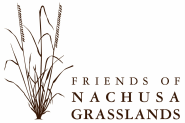
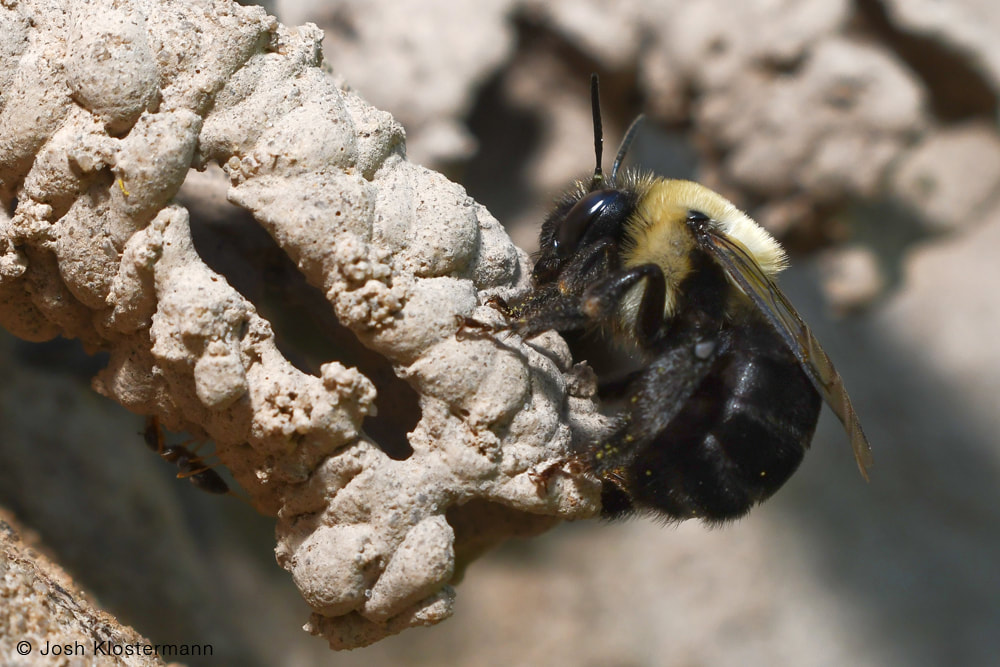
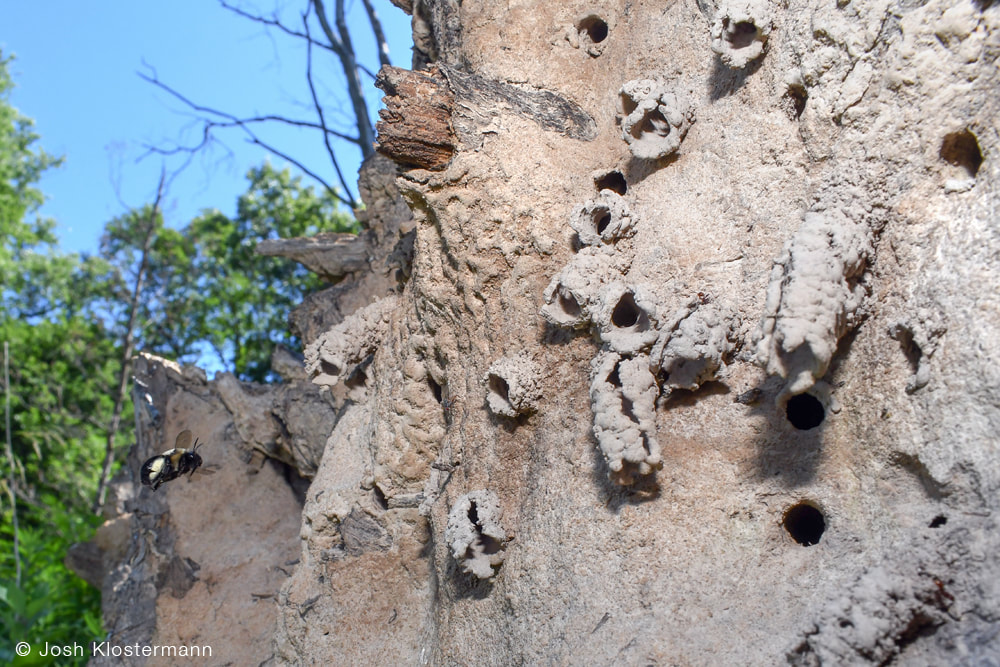
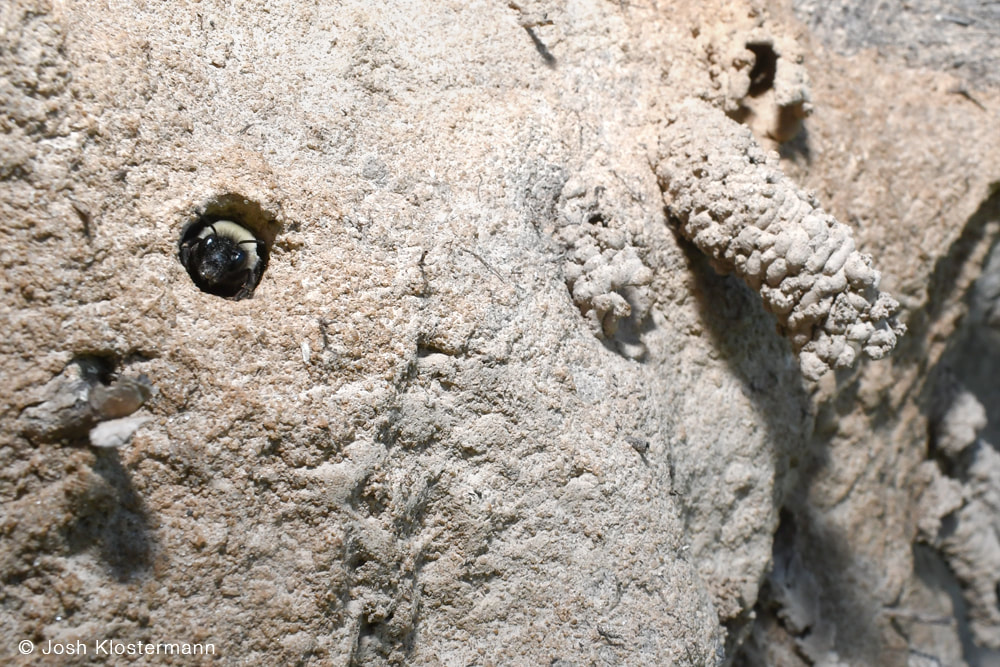
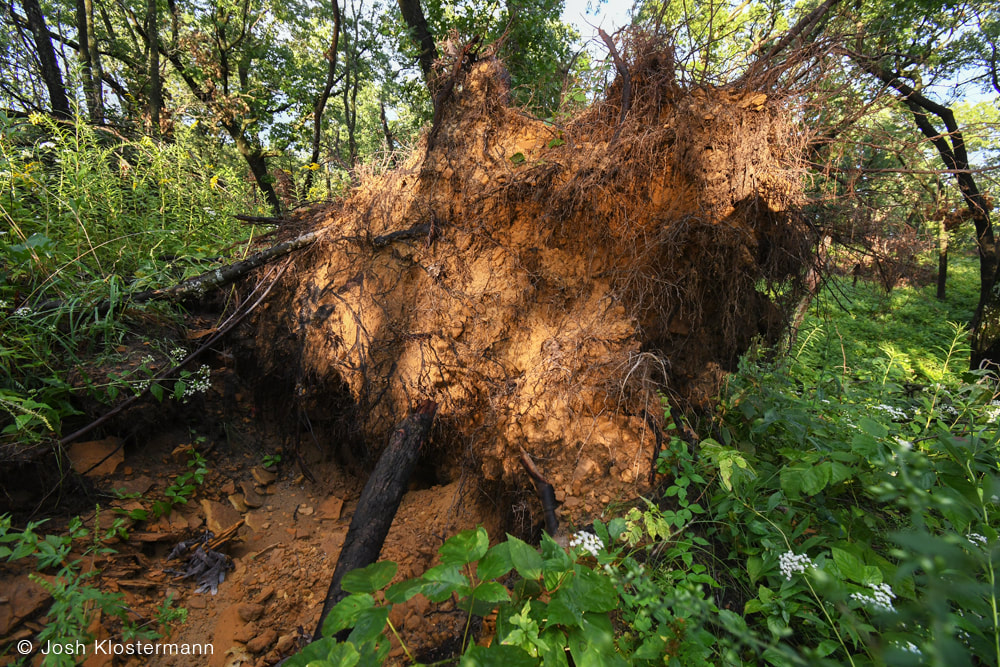
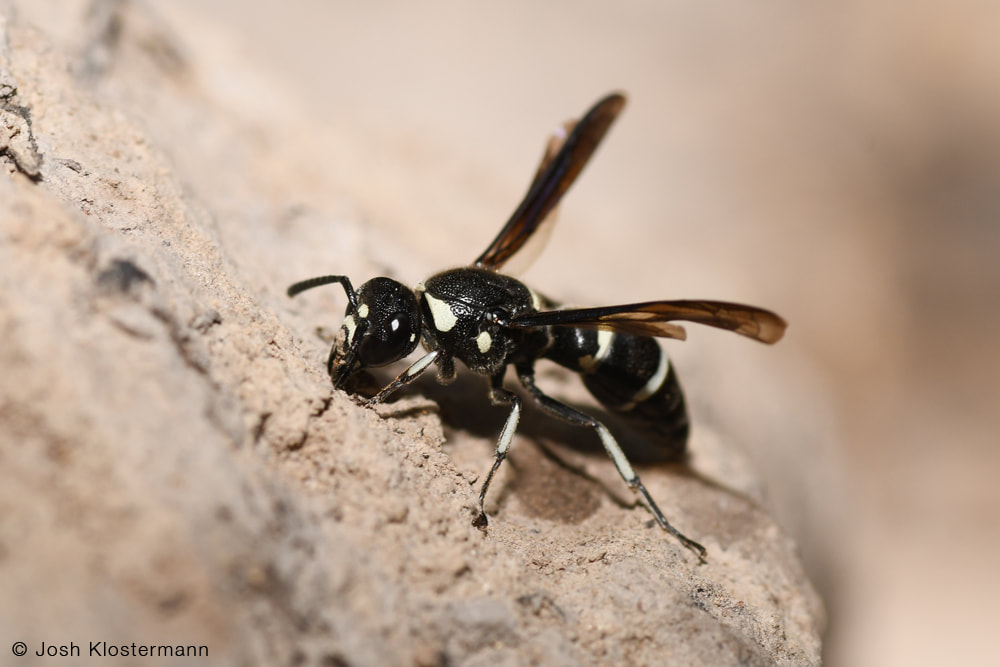
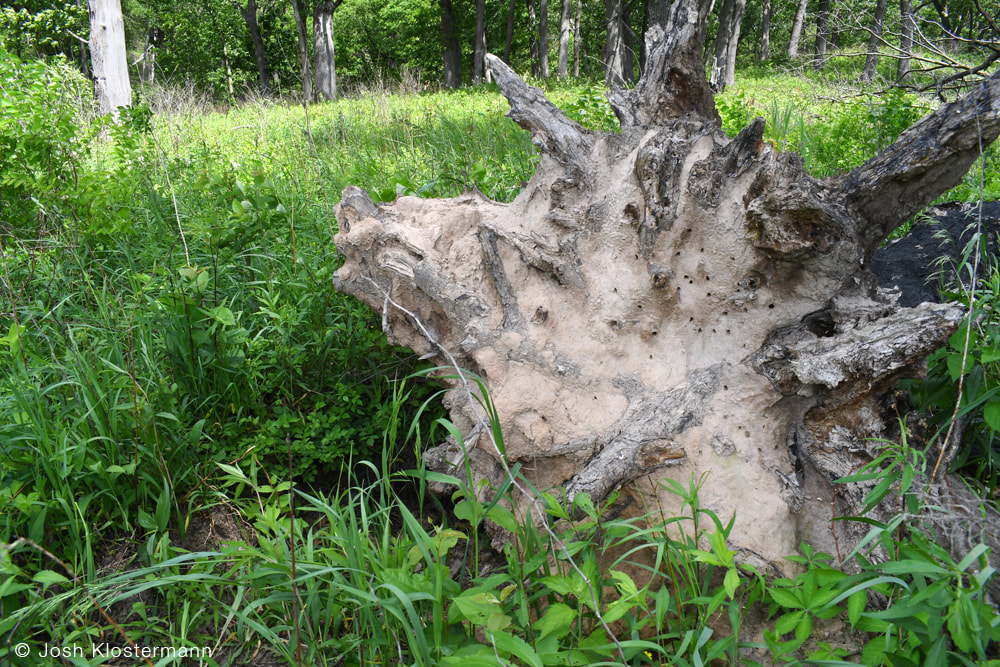
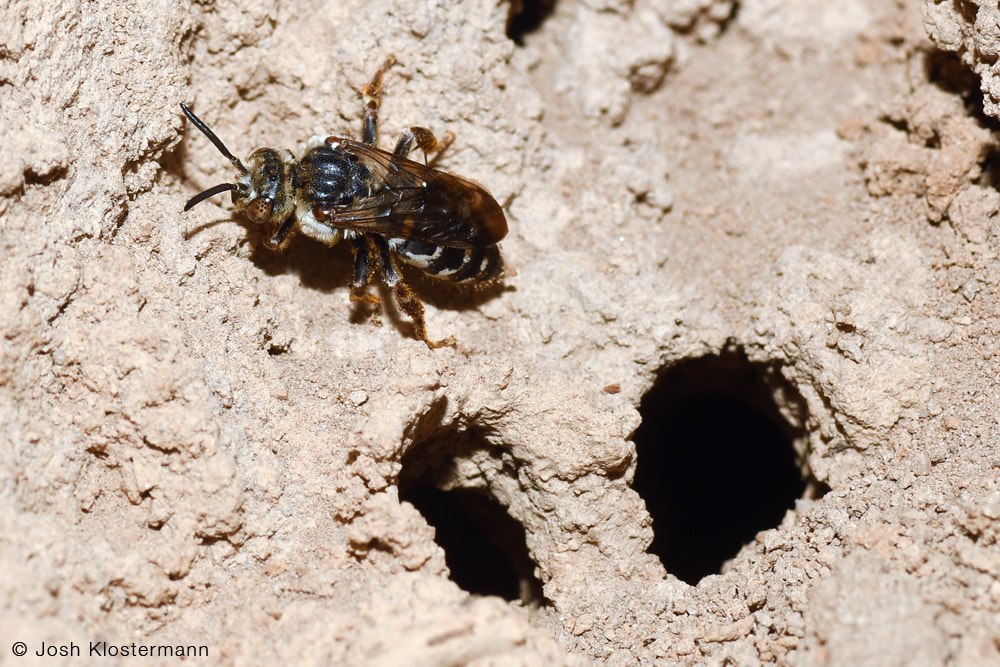
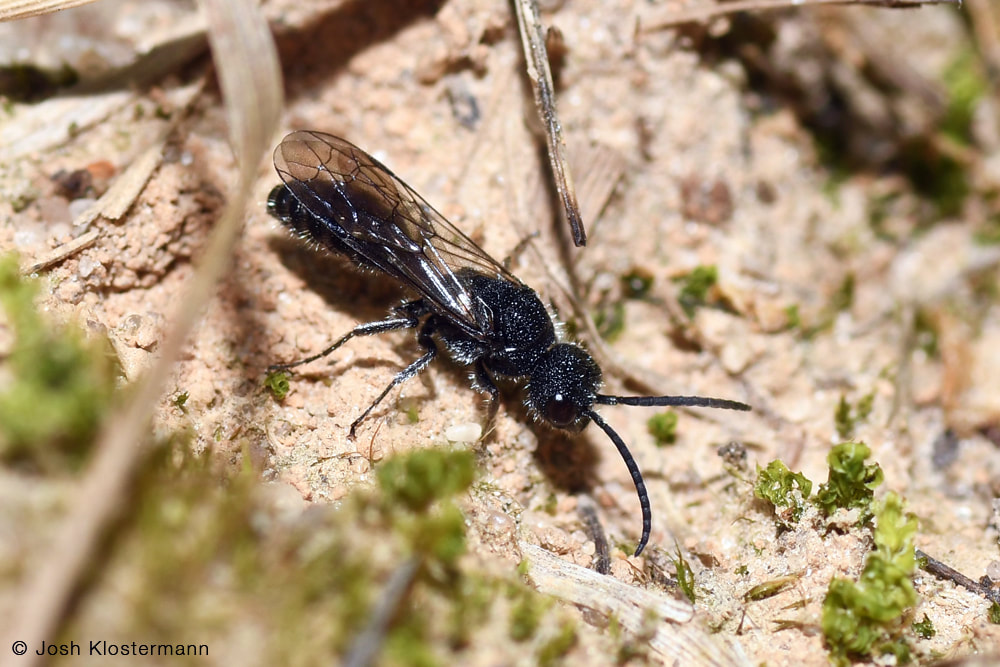
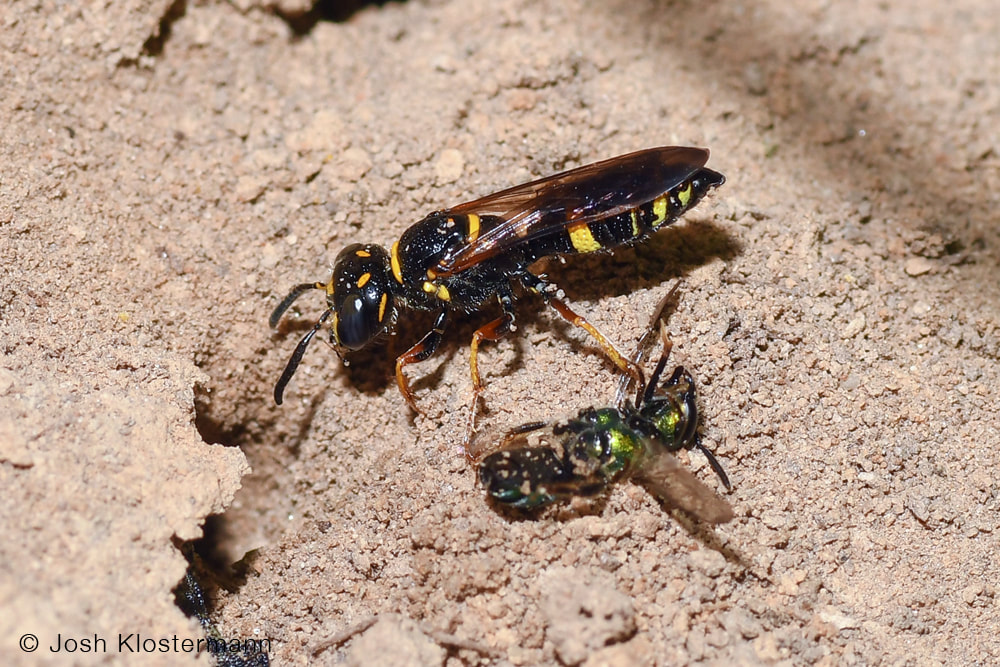
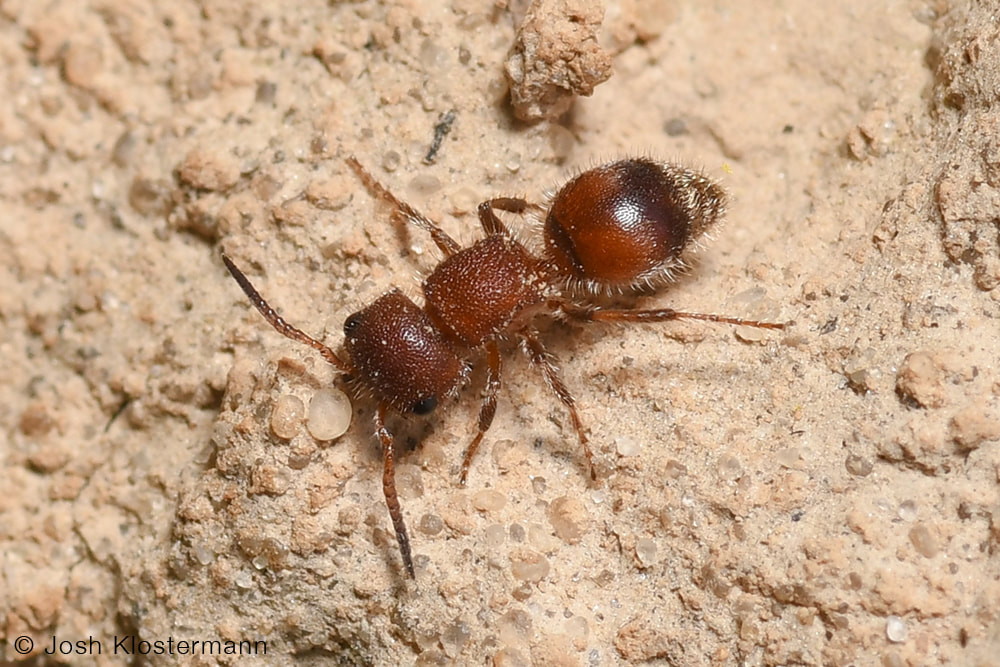
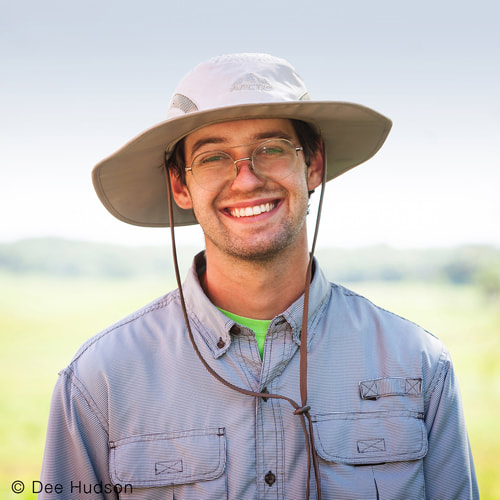
 RSS Feed
RSS Feed